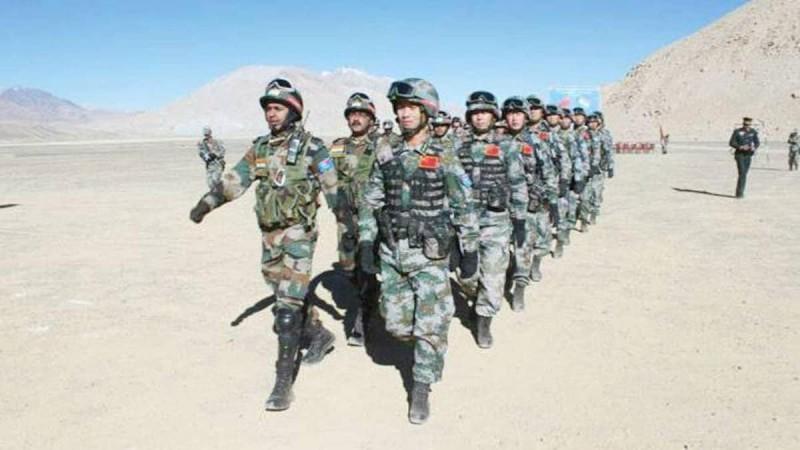Challenges faced by soldiers while fighting at high-altitude

Discussing the challenges faced by soldiers during high-altitude fight including tactical prospects
The deadly brawl at the Galwan valley between Indian soldiers and Chinese troops have thrown a spotlight on the high-altitude fights. People are now talking about the challenges those soldiers face while fighting at freezing cold temperature especially when the other side has occupied the advantageous positions on the heights.
India is considered to have one of the most skilled soldiers with the ability to fight on high altitude as most of the northeastern and northern area requires such skills. Ladakh Scouts are considered as one of the finest across the globe when it comes to fighting at the high-altitude areas. India is also known for evolving a special tactic used in such warfare named ‘Mountain Chop’. This special tactic is used in areas where mountainous terrains are tough to scale.

Challenges faced by the soldiers on the high-altitude fight
The biggest challenge in high-altitude warfare is the positions taken by either side. Troops who have taken the high ground, have a tactical advantage as they can target the enemy at the lower terrain easily. Mostly, troops on the lower ground use a combat ratio of 1:6, but in the case of Galwan valley, it is 1:10.
Most of the time, mountain warfare is fought using the darkness of night to reach the opposing army to engage and defeat them before the sunrise. If the troops don’t have strategies, fitness and capabilities to do it before the sunlight, then it is considered a lost cause.
Read more: Identifying Russia’s role amid India- China escalating tensions
The biggest challenge for the troops is the acclimatisation because the oxygen supply decreases significantly at high altitudes. The load-carrying capacity also decreases and things move slowly on mountains which delays the mobilization time. So, time and place become a key priority when it is decided to station the troops and mobilize them.
The soldiers need to identify the tactical points where they can take defensive positions and can make builds. In normal circumstances, advance troops are able to carry the required equipment and ration that can last 48-72 hours. However, constant supplies are sent to them. They are able to carry about 30-35 kg load including ammunition, weapons, ration and communication equipment and more. While negotiating mountainous terrain, it becomes difficult to carry such loads.
Logistical challenges
When a soldier is at 17,000 ft height, he has to witness low temperature which is almost close to freezing cold. The soldier needs to grease the weapons and clean the barrels at least once in 7 days to ensure that they don’t jam and function efficiently. During the combat, it becomes difficult to carry out these operations and thus the weapons jam. Vehicles too don’t start if the fuel jams due to cold temperature.
Have a news story, an interesting write-up or simply a suggestion? Write to us at info@oneworldnews.com







